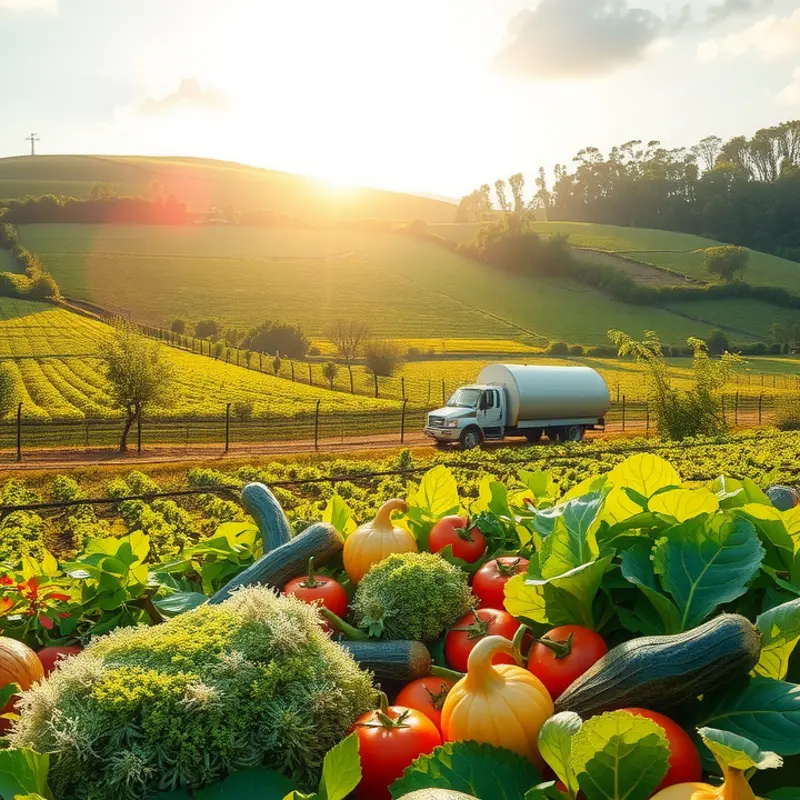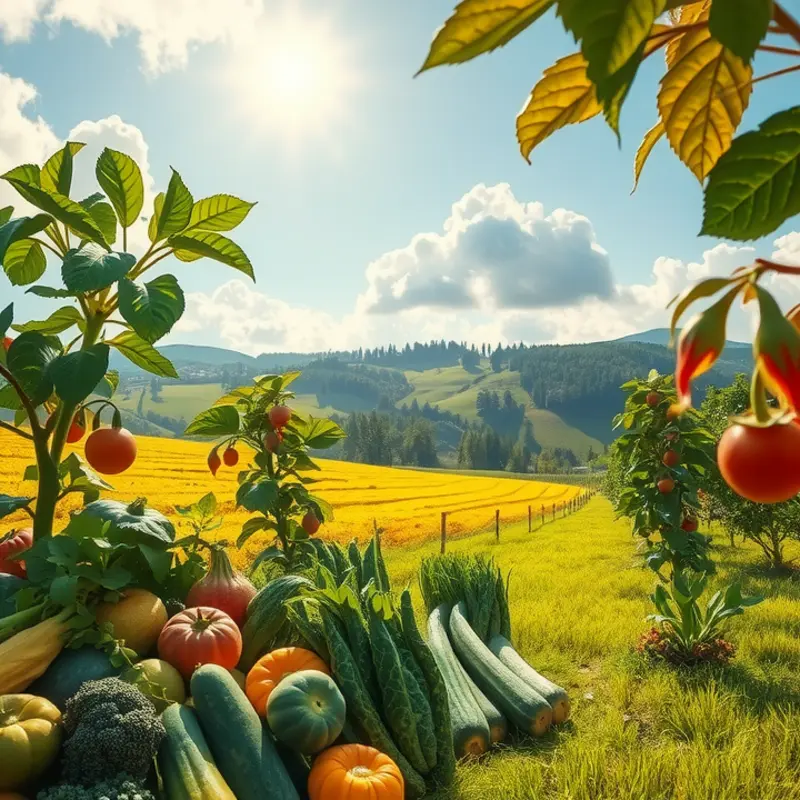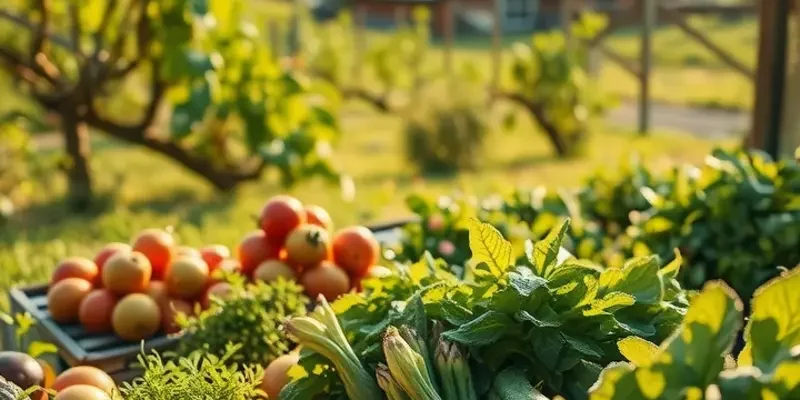Storing fresh greens properly can significantly improve their lifespan and reduce waste in your kitchen. With simple and effective techniques, you can keep your greens crisp and flavorful for longer, making meal planning easier and healthier. Discover how to choose, prepare, and store a variety of greens, unlocking the full potential of your produce and enhancing your food management at home.
Selecting the Right Greens and Preparation Techniques

Choosing fresh greens involves both visual inspection and an understanding of their varieties. Start with a color check: vibrant, deep greens indicate freshness and nutritional richness, whereas yellowing or wilting leaves suggest aging. Whether considering spinach, kale, or arugula, crisp leaves are a telling sign of quality. Avoid any greens with slimy textures or a strong, unpleasant odor as these are past their prime.
Recognize that different greens have unique qualities. Leafy greens like lettuce and kale often display evident signs of decay, such as browning edges. In contrast, herbs like cilantro or mint might appear fresh externally, but wilt quickly if not stored properly. These nuances play an essential part in their storage and preparation.
Once you have selected the freshest greens, proper preparation is key to extending their lifespan. Begin by washing your greens thoroughly. It’s best to submerge them in a large bowl of cool water to loosen any dirt or debris. Gently swish them around; this prevents bruising the leaves. For stubborn particles, a further rinse under running water can help.
After washing, drying is crucial before any packing. Excess moisture leads to quicker spoilage and encourages mold growth. Use a salad spinner to effectively dry your greens, removing most of the water without compromising their structure. Alternatively, lay the leaves in a single layer on a clean kitchen towel, patting them dry. Ensuring they’re completely dry makes a significant difference in storage longevity.
Now that your greens are clean and dry, consider your packing options. Storing them in air-tight containers or resealable bags works well. Placing a dry paper towel within the container or bag absorbs residual moisture, protecting the greens from turning soggy. As air exposure accelerates degradation, remove as much air as possible from bags or containers.
For those looking to further extend their greens’ shelf life, consider airtight produce storage boxes that maintain optimal humidity levels. These tools can be beneficial, especially when meal prepping in advance. For more efficient meal preparation strategies, check this guide on healthy meal prep hacks.
By carefully selecting, cleaning, and packing your greens, you ensure their freshness and flavor for unexpected periods. These steps are an investment in both reducing waste and promoting healthy eating, making the effort worthwhile.
Optimal Storage Methods for Fresh Greens

Storing fresh greens efficiently is a practice that not only prolongs their life but also maintains their nutritional value. Each type of green, be it leafy greens, delicate herbs, or crunchy vegetables, requires specific methods to ensure they stay fresh and vibrant. Let’s delve into the optimal storage techniques tailored for each category.
Leafy Greens like spinach, kale, and romaine lettuce can be quite perishable. The key to keeping them fresh is moisture control. Start by washing the leaves thoroughly to remove any dirt or pesticides. After washing, pat them dry gently with a clean towel or use a salad spinner to remove excess water. Once dry, wrap the leaves in a paper towel to absorb excess moisture, and then place them inside a plastic bag or airtight container. Make sure to store them in the crisper drawer of your refrigerator, ideally set to a medium humidity level.
For delicate herbs such as basil, cilantro, or parsley, a slightly different approach is needed. These herbs thrive when treated like fresh flowers. Trim the ends of the stems and place the bunch upright in a glass of water. Cover the herbs loosely with a plastic bag to create a moist environment without touching the leaves. Store this setup on a refrigerator shelf for most herbs or keep basil at room temperature since cooler temperatures can darken its leaves.
Hearty greens like collard greens and Swiss chard can handle a bit more rough handling. After cleaning and drying the leaves, as you would with lighter greens, wrap them in paper towels. Collards and chard, given their sturdier structure, can also be stored in produce bags with small perforations to allow for some airflow while keeping them crisp.
Cruciferous vegetables such as broccoli and cabbage are also considered in this category. For broccoli, place it in an open plastic bag in the crisper drawer. Cabbage, on the other hand, should be stored wrapped in plastic wrap once cut to prevent moisture loss but can remain unwrapped if intact.
If you’re interested in saving time during meal prep, combining these storage strategies with effective planning can maximize freshness and minimize food waste. Check out tips on how to integrate these storage methods into your weekly routine in our meal prep freezer tips guide.
Understanding the distinct storage needs for various types of greens not only prevents spoilage but also ensures that you’re getting the most out of your produce. This approach not only preserves taste and texture but also works towards the larger goal of reducing food waste in your kitchen. Embrace the art of storing greens efficiently, and enjoy the freshness and flavor of your produce with every meal.
Final words
Effective storage techniques for fresh greens not only minimize waste but also enhance your cooking and meal preparation experiences. By selecting high-quality greens and employing the right storage methods, you can enjoy the full flavor and nutrition of your vegetables long after you purchase them. Integrating these practices into your routine is a simple yet significant way to improve your food management skills and lead to healthier eating habits. Remember that a little preparation goes a long way in extending the life of your greens while reducing waste and saving money.







